Southern city makes incredible transformation from ‘ghost town’ to booming tourist hotspot that may soon be home to state’s first national park
The Georgian city of Macon has undergone an incredible transformation: for years it was a ghost town, but now it is a thriving tourist attraction.
The central Georgia city is known for its rich history, architecture and Southern charm and is a popular music destination.
With approximately seven art galleries, 40 theatres and bars, 52 restaurants and 37 shops and boutiques, the city has undergone significant revitalisation
In recent years, the city has delved into its musical heritage, opening attractions that highlight its ties to artists like Little Richard, Otis Redding and the Allman Brothers.
The Otis Redding Foundation was established in 2007, a museum dedicated to the Allman Brothers called ‘The Big House’ opened in 2009. Meanwhile, Little Richard’s childhood home also opened as a community center in 2019.
In recent years, the city has learned a lot about its musical heritage and opened attractions that highlight its ties to great artists
Little Richard, born Richard Wayne Penniman, was born in the city, while Redding moved there at a young age.
According to his daughter Karla Redding-Andrews, the Otis Redding Foundation will expand its museum next year.
She told CNN: “Everything is blooming and growing in downtown Macon,” she adds, adding that her father would have stayed in town if he hadn’t died in a plane crash in 1967.
She added, “He was going to stay here, his office was located at 535 Cotton Avenue, which is about four blocks from here.
He would be an indispensable part of the daily life on these streets and an inspiration to young people in our programs and in the school system.’
Redding began his career performing at the now-restored Douglass Theater, which also featured such talents as James Brown, Ma Rainey and Little Richard.
After Macon’s Phil Walden formed Capricorn Records, Duane Allman put together his band and moved to Macon to work with Capricorn.
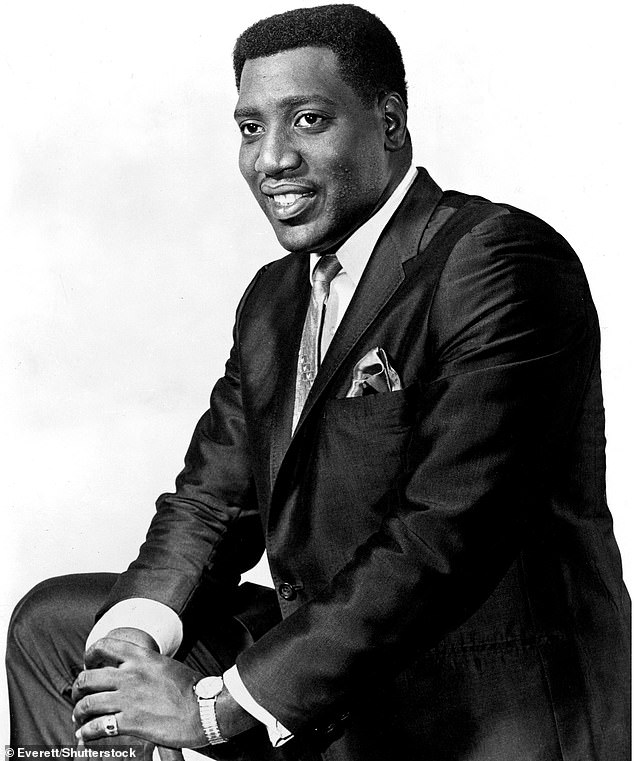
The Otis Redding Foundation will expand its museum next year, according to his daughter Karla Redding-Andrews. Redding can be seen here
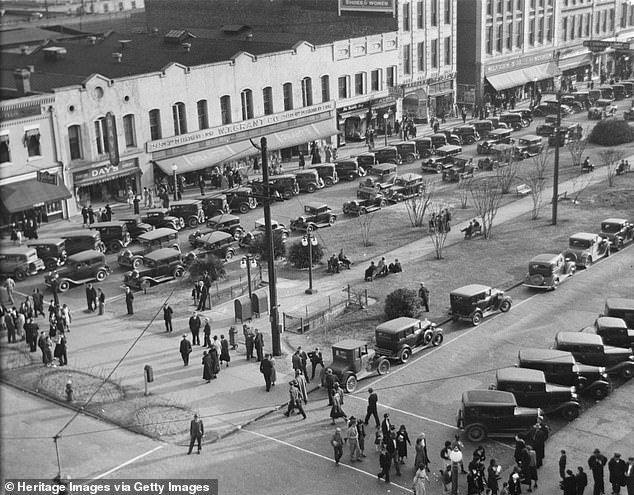
Located in central Georgia, the city is known for its rich history, architecture and Southern charm and is a popular music destination.
Visitors can now tour their studios and a museum filled with memorabilia and information.
The Allman Brothers, located near the Big House Museum, are housed in a Tudor house where some of the band members lived from 1970 to 1973.
It is now filled with memorabilia and personal belongings and is run by director Richard Brent.
Brent told CNN he moved to the city in 2007 as a construction manager, then volunteered at the museum and now runs the museum.
He said, “When I first got here, Macon was a ghost town. I traded in a helmet for some AC and rock ‘n’ roll music.
“When you leave the real world behind, you can walk in here and feel like you’re back in 1970.”
According to Brent, the music history is now the “backbone of the city” and is contributing to its revival and tourism.
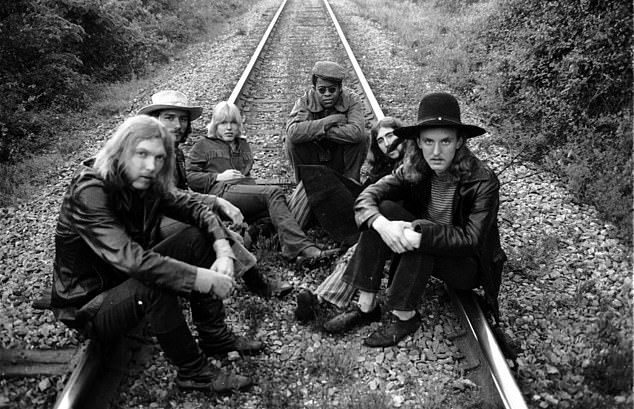
The Allman Brothers, seen here in Macon in 1969. The Big House Museum is located in a Tudor home in Macon where several members of the band lived from 1970 to 1973.
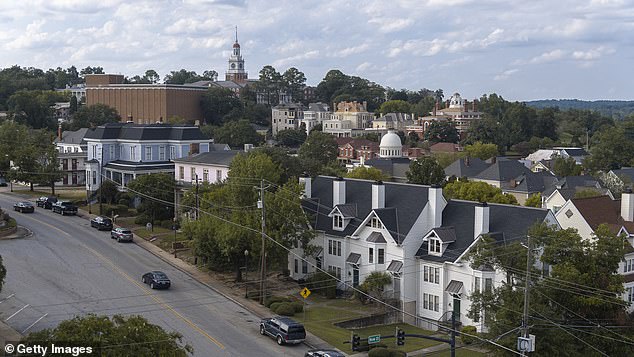
In April, officials unveiled markers that chronicle the long, little-mentioned history of Macon’s slave markets in the 19th century
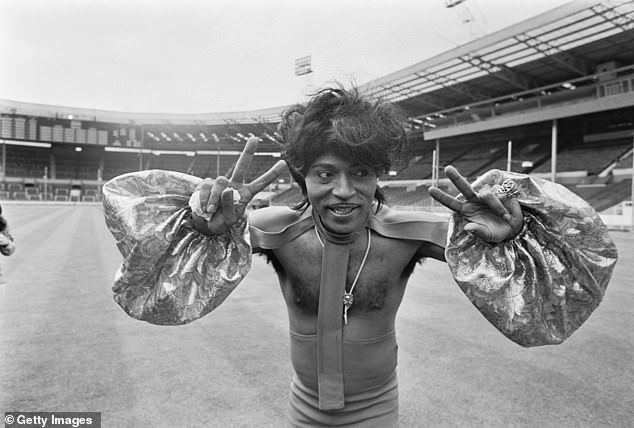
Richard was known for his extravagant looks, with androgynous fashions that would become the norm for mainstream acts such as David Bowie. Pictured in London in 1972
The city may also be on the verge of opening Georgia’s first national park: Ocmulgee Mounds.
Georgia currently has 49 state parks, 17 historic sites, and a National Seashore, but never a true national park.
A proposal to re-designate and expand the historic site The Ocmulgee Mounds, across the river from the city, could change that.
Now that a bipartisan bill is before the U.S. Congress, President Biden could pass the bill that would give the state its first national park.
Congress created the Ocmulgee Monument in 1934, and the site has since been expanded and redesignated as a National Historic Landmark.
It protects a prehistoric Native American site that was inhabited thousands of years ago by several different cultures, who built mounds that still stand today.
Descendants of the mound builders, the Muscogee, were relocated to Oklahoma hundreds of years later, in the 1830s.
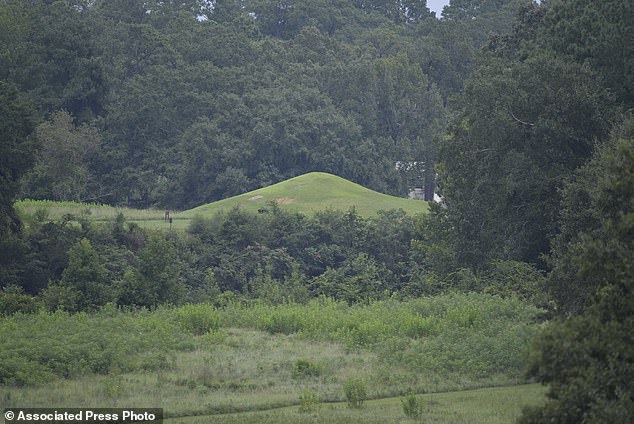
The remains of a burial mound at Ocmulgee Mounds National Historical Park in Macon
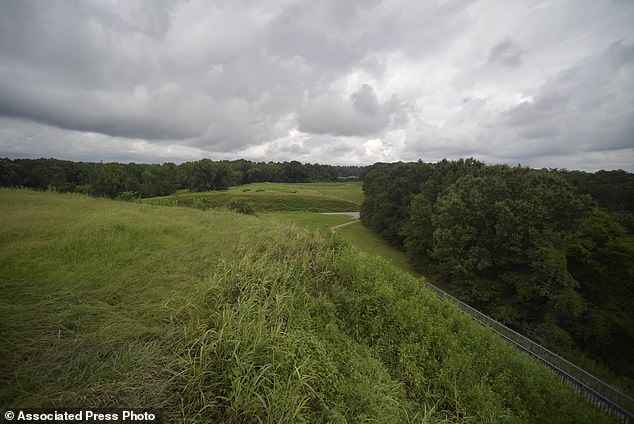
With a bipartisan bill moving through Congress, President Biden could sign into law legislation that would give the state its first national park
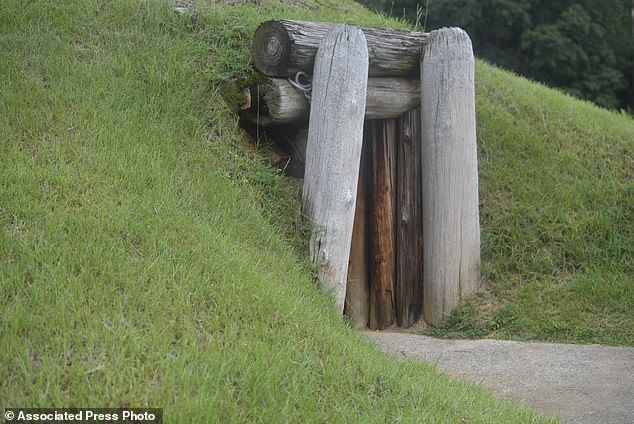
The entrance to the Earth Lodge, where the Native Americans held council meetings for 1,000 years until their forced removal in the 1820s,
Such a push for a National Park would only lead to more tourism and foot traffic to Macon, an area that has already seen a boost in historical tourism.
In April, officials unveiled memorials that chronicle the long, little-discussed history of Macon’s slave markets in the 19th century.
The historic area in downtown Macon was known as the Cotton Avenue District, a hub for African-American businesses that was popularly called Macon’s “black Wall Street.”
Tracie Revis, director of the Ocmulgee National Park & Preserve Initiative, told CNN: “Macon is in a time where they’re saying we really need to process our history and honor all aspects of it, the good and the bad.”
Revis added that after the Muscogee were removed and taken to Oklahoma, the site became a slave plantation.
He added: ‘So it’s knowing that this one story led to another story that led to the creation of this area. And it’s reconciling all of those histories
‘This also includes the indigenous story that we have, as it were, erased and brought back to life, so that the people who experienced it can tell their own story.’
